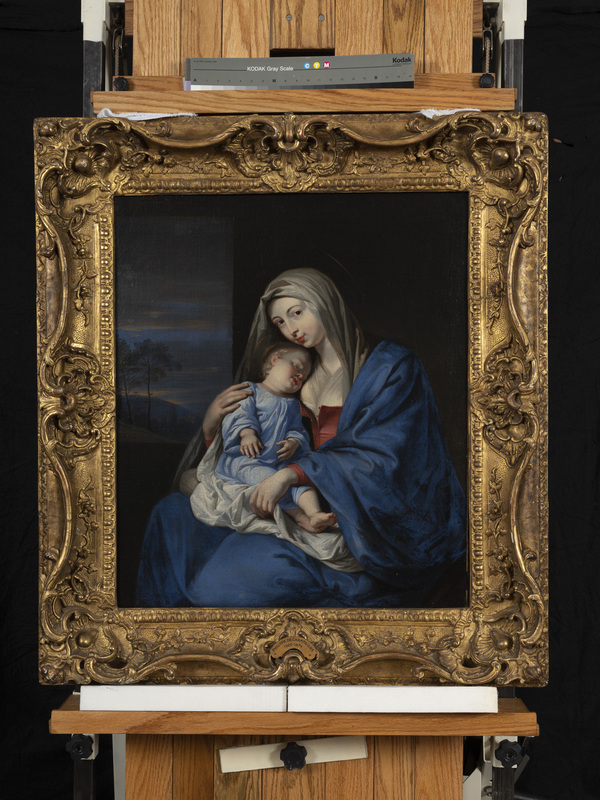Importance of Provenance
Provenance is the historical record of an objects ownership. A comprehensive provenance will include the attribution and date of an object, owner's names, locations where the object was kept, dates of ownership, and methods of transference. Though it is common for an object to have an incomplete ownership history, it is important for collecting institutions to do their due dilligence in researching and tracing the provenance of an object in order to establish object authenticity, valuation, and more importantly legal claim of ownership. In a broader sense, "provenance research sheds light on how influential collections came to be, how artistic tastes changed over time, and even how broader lifestyle trends evolved. It further yields valuable information about artists, collectors, art dealers, curators, and other important historical figures."
Davis, K. (2018, February 27) The New Face of Provenance Research [Blog Post]. Retrieved from http://blogs.getty.edu/iris/the-new-face-of-provenance-research/
Nazi-Era Cultural Property
WWII or Nazi-era cultural property, is property unlawfully looted, forcibly taken, or coerced from the private collections of Jews and other victims of the Holocaust, and public collections in occupied lands between 1933 - 1945.
To aid the identification and discovery of Nazi-era cultural property, museums and other collecting institutions, in accordance with the American Association of Museums (AAM) Code of Ethics and guidelines regarding "The Unlawful Appropriation of Objects During the Nazi Era," are encouraged to identify potential acquitions, incoming loans, and works in their collection that:
- Were created before 1946, and acquired after 1932 ;
- Underwent change of ownership between 1933 - 1945;
- Might reasonably be thought to have been in continental Europe between those dates.
Works that encompass all three of the above criteria are considered "covered objects." It is the collecting institutions responsiblilty to conduct thorough research on the provenance of each covered object, and make all information about those objects publically accessible.
Johns Hopkins University adheres to the AAM guidelines, and is committed to researching and producing information that will clarify the provenance of objects in its holdings. Please reference the list of works currently under research at JHU.
Contact for Inquiries or Information on Provenance
JHU invites the public to contribute any knowledge you may have regarding the listed works available on this site. For inquiries and/or information, please contact the university by email provenance@jhu.edu.
Links
